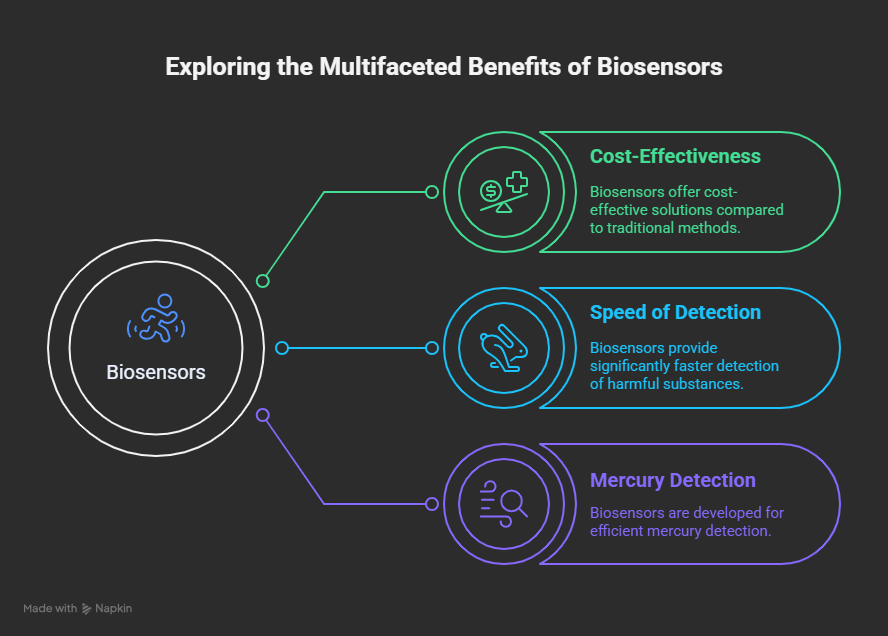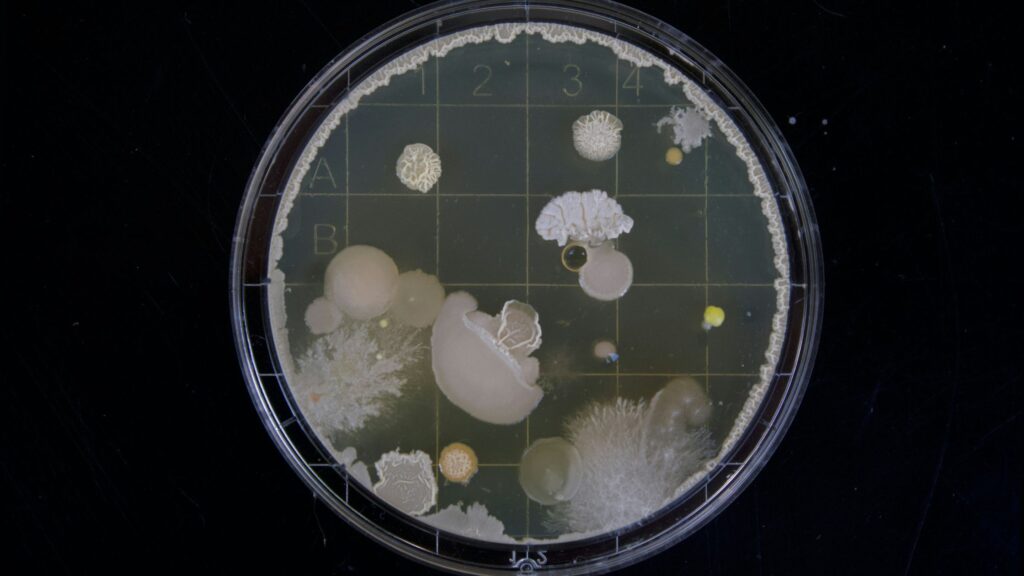E. Coli is a microbial species that has always been linked to diseases and health problems. Moreover, it is indeed responsible for a lot of bad conditions like diarrhoea, vomiting, and fatigue. However, some recent experiments and scientific studies are using E. Coli as a sensor for mercury detection in water bodies.
Mercury is one of the most harmful substances for the human body. With the rapid flow of waste materials and trash in the water body, the increased levels of mercury can reach the human body. This can lead to various health issues for people. Therefore, using E. Coli is an excellent method to detect harmful substances to prevent future health problems.
Mercury Detection and the Need for Biosensors
Biosensors are an effective tool for finding harmful substances in the environment. They can help to prevent toxicity and bioaccumulation of harmful substances in water. There are two main reasons for the rise of biosensors: the cost is low compared to traditional methods. Secondly, the process for detecting harmful substances is significantly faster. So, that is why the various researchers are developing biosensors for mercury detection.

Advantages of a Whole-Cell Biosensor in E. Coli
Researchers are using E. coli for biosensing due to the extensive literature and the ease of culturing the cells. Moreover, the whole cell is genetically programmable, meaning it is possible to make changes in the particular cell colony of the culture. At the same time, there are different self–repair mechanisms present in the cells which can handle proliferation in the polluted environments.
- Well-studied.
- Genetically modifiable.
- Ability to self-repair.
- Less fragile than enzyme-based sensors.
Engineering the Mercury Sensors in E. coli
The microbial cells can recognise the mercury ions. Upon interacting with the mercury, the information by E. Coli is amplified by the genetic circuitry. This signal is further measured in electrical form using the phenazine production.

Applications & Impact of Mercury Detection Using E. Coli
Technology will play a crucial role in many different ways. It can help to monitor mercury in water bodies, especially at industrial sites. Moreover, the phenazine-based electrical outputs are low-cost and portable as alert systems. Thus, the inspection crew can easily carry these biosensors from location to location.
- Environmental Monitoring.
- Water Safety and Public Health.
- Bioelectronics Integration.
- Scalable & Modular.
- Synthetic Biology & Biocomputing Potential.
- Cost-Effectiveness and Accessibility.
Apart from mercury detection, the biosensors can be used for different pollutants as well. It is because of their scalable and modular design with multiplexed analytes. On top of that, you can also transmit biological signals for more valuable information.
Limitations for Mercury Detection Using Biosensors
The detection of mercury using E. Coli is still in the initial stages and will take some time to reach mainstream applications. Moreover, similar to any other technology, biosensors also have their challenges, which can compromise the use of technology on a large scale.
- Sensitivity & Specificity.
- Environmental Resistance.
- Biosafety & Containment.
- Regulatory Hurdles around GMOs.
- Scale-Up & Stability.
Final Thoughts on Mercury Detection Using E. Coli
E. Coli, a microbial species linked to diseases and health problems, is being used as a biosensor for mercury detection in water bodies. Mercury is a harmful substance that can reach the human body due to rapid waste flow.

E. Coli’s whole-cell biosensors can recognise mercury ions and measure electrical outputs using phenazine production. However, limitations include sensitivity, specificity, environmental resistance, biosafety, and regulatory hurdles.

